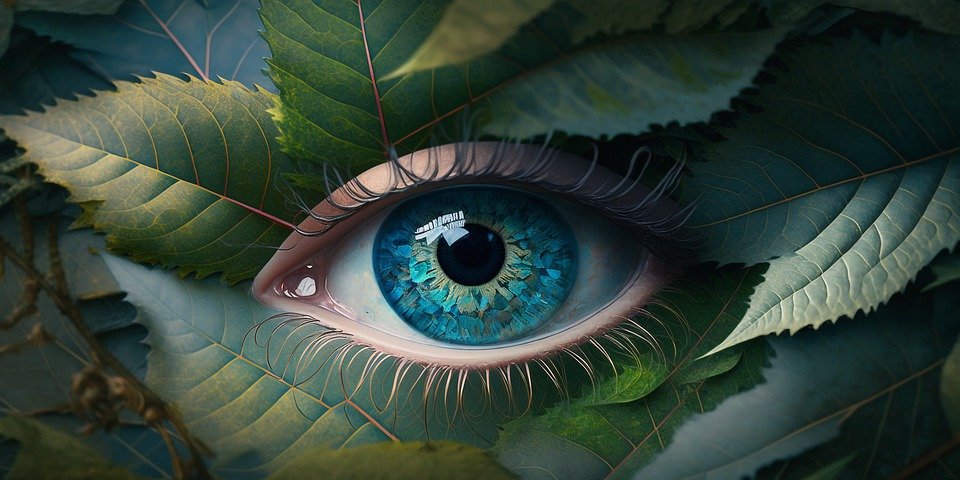Unleashing Creativity: How Generative Adversarial Networks are Redefining Design
In today’s fast-paced digital era, creativity has become an indispensable skill. Whether it’s designing a logo, creating a website, or developing an advertising campaign, businesses and individuals are constantly seeking innovative ideas that can capture the attention of their target audience. However, the process of generating original and captivating designs can be challenging and time-consuming.
But what if there was a way to leverage the power of artificial intelligence to unlock unlimited creative potential? Enter Generative Adversarial Networks (GANs), a revolutionary technology that is redefining the world of design.
GANs are a type of machine learning system that consists of two neural networks: a generator and a discriminator. The generator’s role is to create new designs, while the discriminator’s job is to evaluate and provide feedback on the generated designs. Through an iterative process, the generator learns from the feedback of the discriminator and continuously improves its output.
One of the primary applications of GANs in design is the generation of realistic and high-quality images. Traditionally, designers had to rely on their artistic skills and spend countless hours sketching, prototyping, and refining their ideas. With GANs, designers can now automate the initial stages of the design process, allowing them to explore a wide range of possibilities in a fraction of the time.
GANs can also be used for style transfer, where the characteristics of one design are applied to another. For example, a designer can take the color palette or texture of an existing image and transfer it onto a new design. This technique enables designers to experiment with different styles and aesthetics, leading to fresh and visually appealing creations.
Moreover, GANs have the potential to democratize design by empowering individuals with little to no design experience. With user-friendly interfaces and pre-trained models, anyone can now generate professional-looking designs without the need for extensive design skills or software expertise. This accessibility opens up a world of opportunities for small businesses, startups, and individuals who may not have the resources to hire professional designers.
While GANs offer significant advantages in terms of efficiency and accessibility, they also raise ethical concerns. With the ability to generate realistic images, there is a risk of misuse or manipulation. GAN-generated deepfake videos, for instance, can be used to spread misinformation or defame individuals. As with any powerful tool, responsible and ethical use of GANs is crucial to mitigate these risks.
In conclusion, Generative Adversarial Networks are revolutionizing the design industry by unleashing creativity and transforming the way we approach the design process. From generating realistic images to enabling style transfer, GANs offer a myriad of possibilities that were previously unimaginable. While there are ethical considerations to be addressed, the potential for innovation and efficiency that GANs bring to the world of design is undeniable. As this technology continues to evolve, we can expect to see even more groundbreaking applications that will reshape the future of design.

